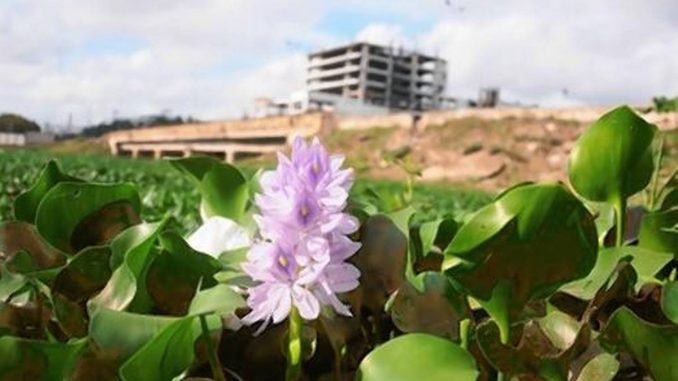
In News
Researchers from Assam have created carbon dots from the weed – water hyacinth – to detect the herbicide – pretilachlor.
In-Detail
- The researchers, while trying to find ways to turn the weed water hyacinth into a value-added-product, they have struck upon the idea of using it for detecting the herbicide pretilachlor.
- Water hyacinth is found in water bodies, and in Assam, almost all water bodies are infested with the weed.
- For this purpose, the research team has produced carbon nanoparticles from the weed.
- The nanoparticles were selective and are sensitive to the herbicide.
Carbon Dots Making
- To make the carbon nanoparticles called the carbon dots, the researchers harvested water hyacinth leaves, removed the chlorophyll, dried and powdered the leaves.
- After undergoing several treatments the powder is converted into carbon dots.
- A nanoparticle which is less than 10 nanometre is called a dot or nanodot.
- The carbon dots created by the research team gave green fluorescence under UV light.
- This is due to a small oxygen functional groups on the surface of the dot.
- The team studied the herbicide pretilachlor mixed in water and carbon dots using special equipment.
- In the presence of pretilachlor, the fluorescence intensity of the carbon dots increased.
- While the team tested the carbon dots with other herbicides, they found that the dots were extremely sensitive to pretilachlor and could detect even small traces of the herbicide.
- After studying the effectiveness of the carbon dots in the lab, the team collected soil samples across the state and tested for pretilachlor.
- The team also described how the electron transfer happens between the dot and the herbicide that is enabling florescence enhancement.
- The team is of the view that their model will be a viable alternative to expensive sensors available in the market to detect herbicide contamination.

Leave a Reply
You must be logged in to post a comment.